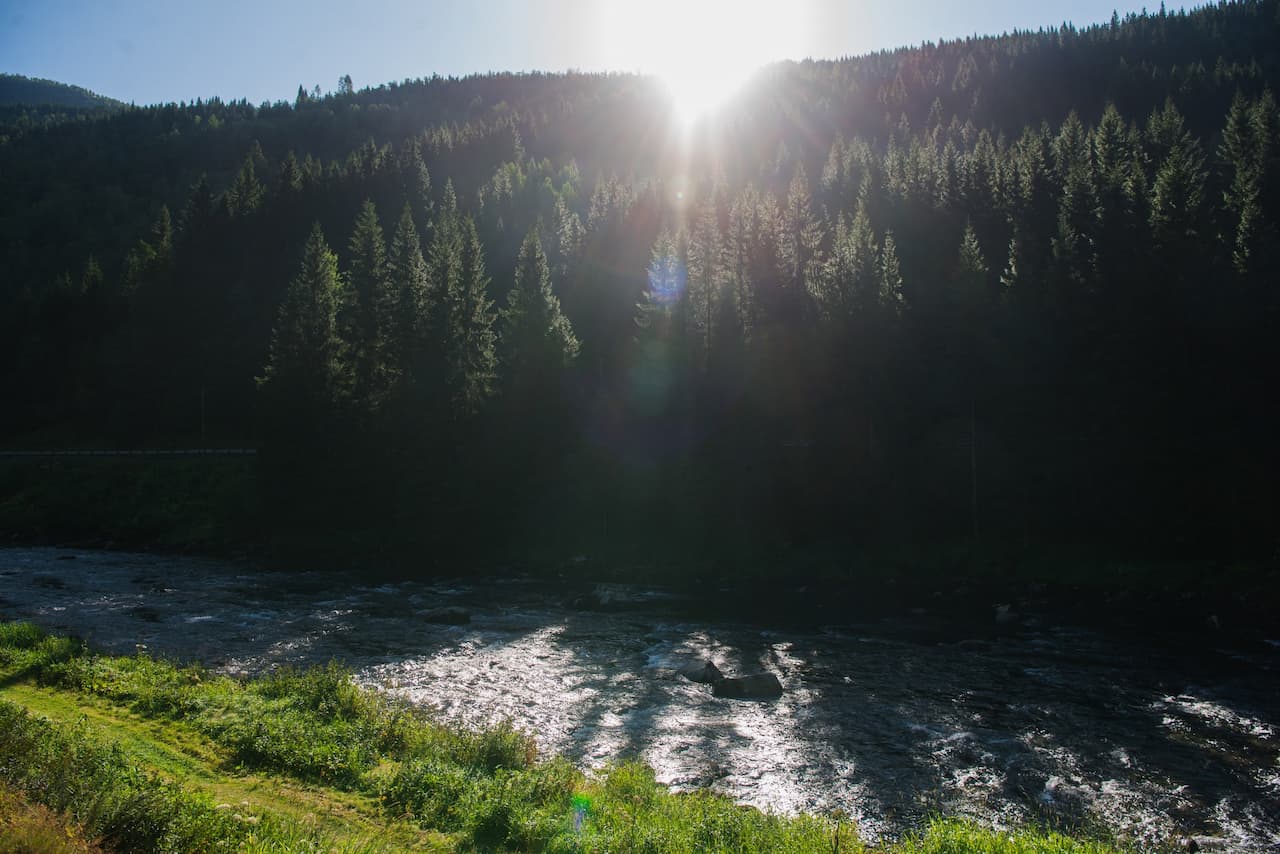Forests play a vital role in northern Europe, providing a wide range of ecosystem services such as carbon sequestration, biodiversity conservation, and soil conservation. However, in recent years, northern European forests have been facing a range of threats, including logging, agriculture, and urbanization. Reforestation and afforestation are key tools for addressing these threats and restoring the health and resilience of northern European forests.
Climate change and reforestation/afforestation is a popular topic for essays, as it highlights the intersection of environmental and societal issues. This essay would cover the impact of climate change on forests and the efforts to mitigate these impacts through reforestation and afforestation. It would discuss the causes of deforestation in northern Europe, such as logging and land use change, and how these practices exacerbate the effects of climate change on forest ecosystems. It would also explore the benefits of reforestation and afforestation, including carbon sequestration, biodiversity conservation, and mitigating the impacts of natural disasters. The essay would examine the current initiatives and projects in northern Europe and the challenges faced in implementing these efforts. Additionally, it would discuss the potential of reforestation and afforestation as a means of adapting to the impacts of climate change on forests and mitigating its effects. The essay would conclude with recommendations for future actions to promote reforestation and afforestation in the context of climate change. In case of facing difficulty with writing an essay on this topic, IB Student Help can be an excellent resource for students seeking help with their IB assignments.
Causes of Deforestation in Northern Europe
Logging is one of the main causes of deforestation in northern Europe, as the demand for wood products such as lumber, paper, and furniture has led to the clearcutting of large areas of forest. Clearcutting, which involves removing all the trees in a given area, can have a devastating impact on the ecosystem, destroying habitats and reducing the ability of the forest to provide ecosystem services such as carbon sequestration, water regulation, and biodiversity conservation.
In addition to logging, agriculture and urbanization are also major drivers of deforestation in northern Europe. As human populations grow, more land is needed for cropland and housing developments, leading to the conversion of forested areas to these uses. For example, forests are cleared to make way for agriculture, and it is a common practice to drain peatland to make them arable. Urbanization also requires land and often it is the nearby green areas that get transformed.
Climate change is also having a significant impact on northern European forests. Increased temperatures and changes in precipitation patterns can lead to drought, which can stress trees and make them more susceptible to pest and disease outbreaks. Drought can also increase the risk of wildfire, which can further damage forests. In addition, shifting climate patterns can alter the distribution of pests and diseases, leading to new threats to forest health.
Overall, the causes of deforestation in northern Europe are complex and multifaceted, and addressing them will require a comprehensive approach that considers the multiple factors driving forest loss. This would include implementing sustainable logging practices, promoting sustainable agricultural and urban development, and taking steps to address the impacts of climate change on forests.
The benefits of reforestation and afforestation
Reforestation and afforestation have many benefits for northern Europe. Carbon sequestration is one of the most important benefits, as trees absorb and store carbon dioxide from the atmosphere, helping to mitigate the effects of climate change. In addition to this, reforestation and afforestation can also help to conserve biodiversity by providing habitat for a wide variety of plants and animals. Soil conservation is also improved as tree roots help to stabilize and protect soil from erosion. Furthermore, reforestation and afforestation can provide recreational and educational opportunities for local communities.
There are many reforestation and afforestation projects currently being implemented in northern Europe. One example is the “Green Belt” project in Estonia, which aims to reforest a strip of land along the country’s border with Russia to help protect against soil erosion, conserve biodiversity, and provide recreational opportunities for local residents. Another example is in northern Poland, where the organization “Green Forest” plant trees in cooperation with local communities and farmers, with the goal of mitigating the effects of climate change, improving air and water quality, and promoting sustainable economic development.
However, there are also many challenges and obstacles to reforestation and afforestation in northern Europe. Funding and resources are often limited, and securing adequate funding for large-scale reforestation and afforestation projects can be difficult. Land tenure and property rights can also be a barrier, as obtaining permission to plant trees on private land can be difficult. In addition, ensuring that the right tree species are planted and protecting them from invasive species can be a challenging task. Also, community engagement and participation is important in reforestation and afforestation projects, as it can ensure that local residents are invested in the success of the project and willing to take care of the planted trees.
In conclusion, reforestation and afforestation are essential tools for restoring the health and resilience of northern European forests and addressing the many threats they face. While there are many challenges and obstacles, there are also many successful reforestation and afforestation projects currently being implemented in northern Europe. Through these efforts, northern European forests will be able to continue providing vital ecosystem services and support biodiversity for future generations.


